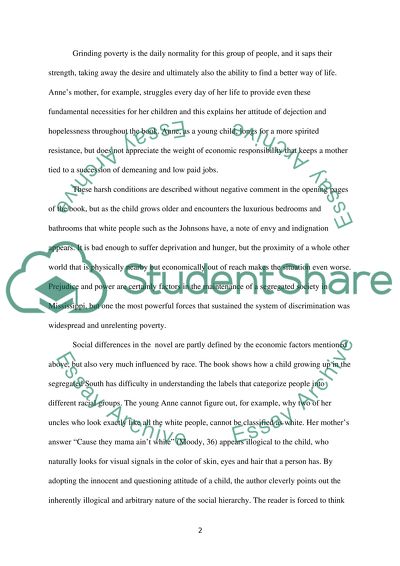Cite this document
(“Analyze the book Coming of Age in Mississippi by Anne Moody - How did Essay”, n.d.)
Retrieved from https://studentshare.org/history/1460364-analyze-the-book-coming-of-age-in-mississippi-by
Retrieved from https://studentshare.org/history/1460364-analyze-the-book-coming-of-age-in-mississippi-by
(Analyze the Book Coming of Age in Mississippi by Anne Moody - How Did Essay)
https://studentshare.org/history/1460364-analyze-the-book-coming-of-age-in-mississippi-by.
https://studentshare.org/history/1460364-analyze-the-book-coming-of-age-in-mississippi-by.
“Analyze the Book Coming of Age in Mississippi by Anne Moody - How Did Essay”, n.d. https://studentshare.org/history/1460364-analyze-the-book-coming-of-age-in-mississippi-by.


